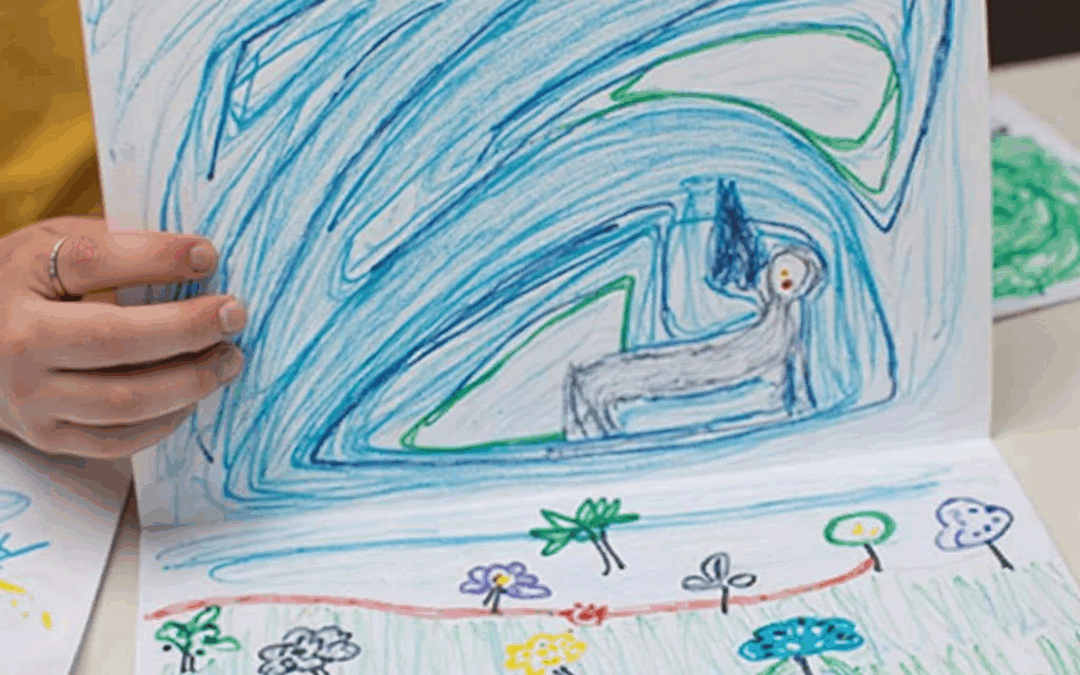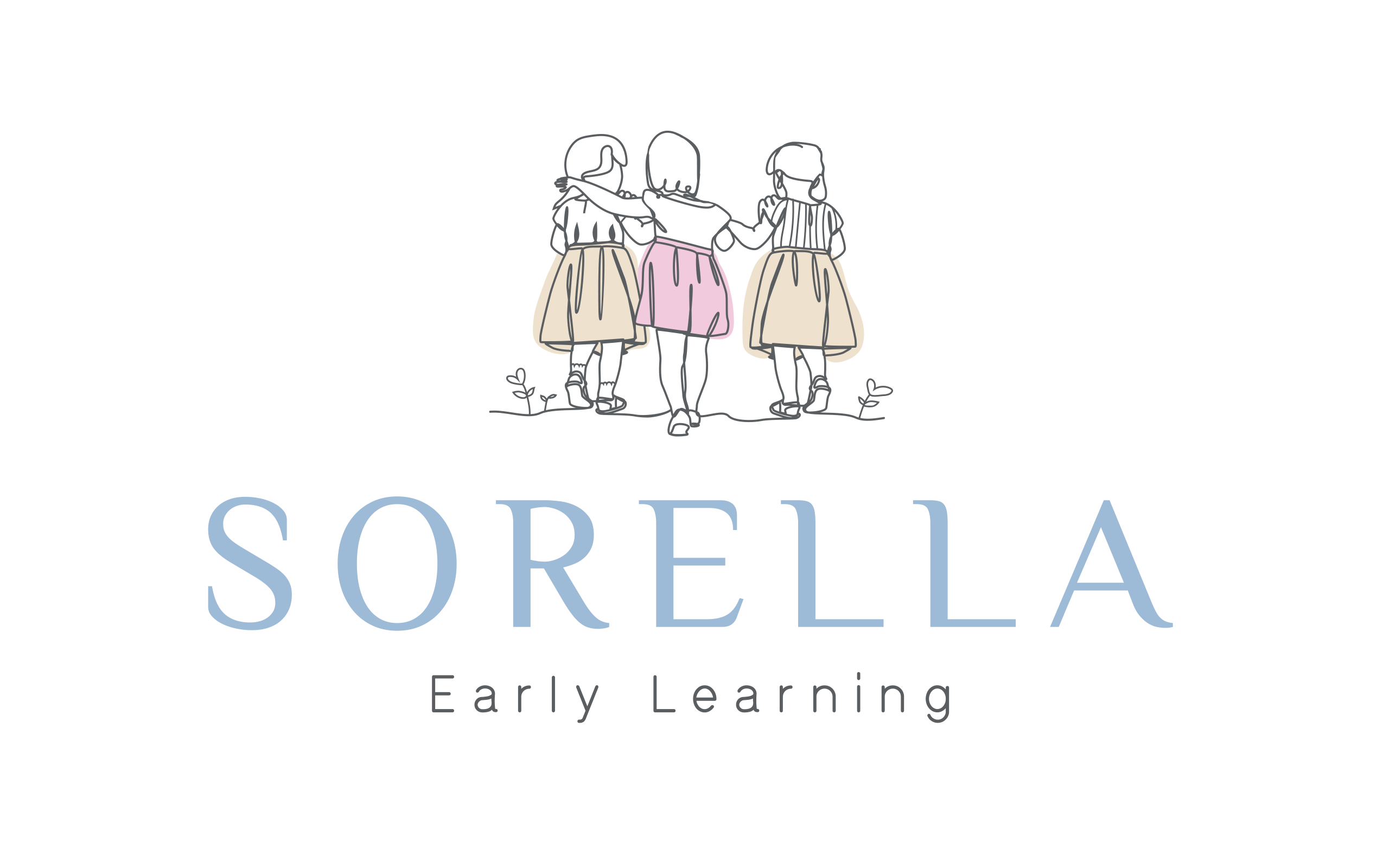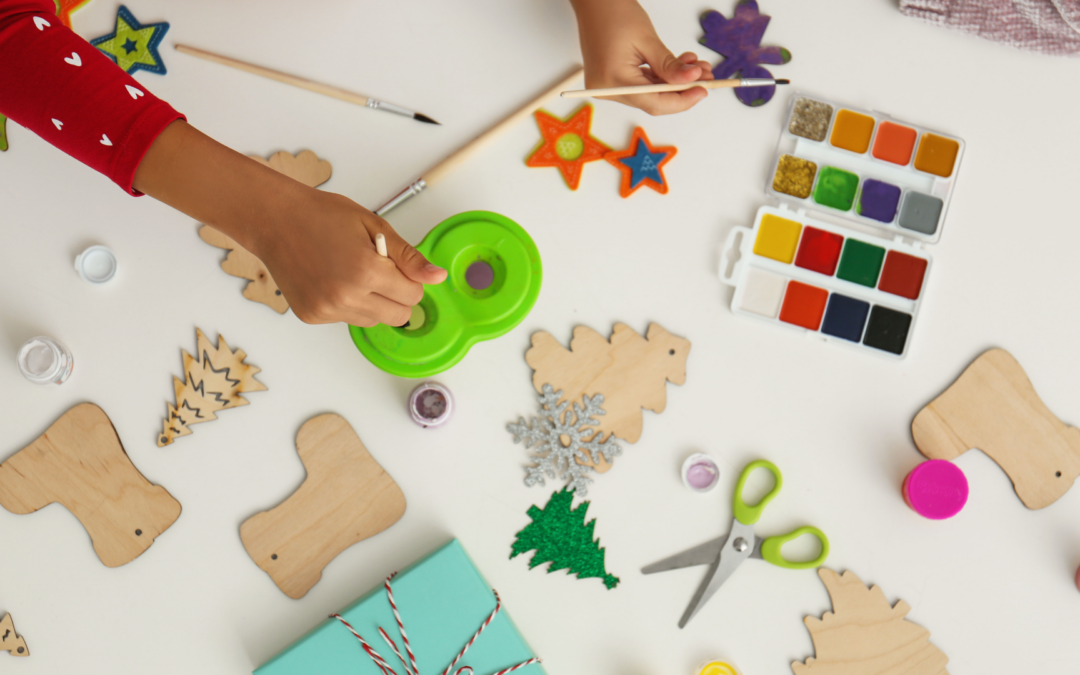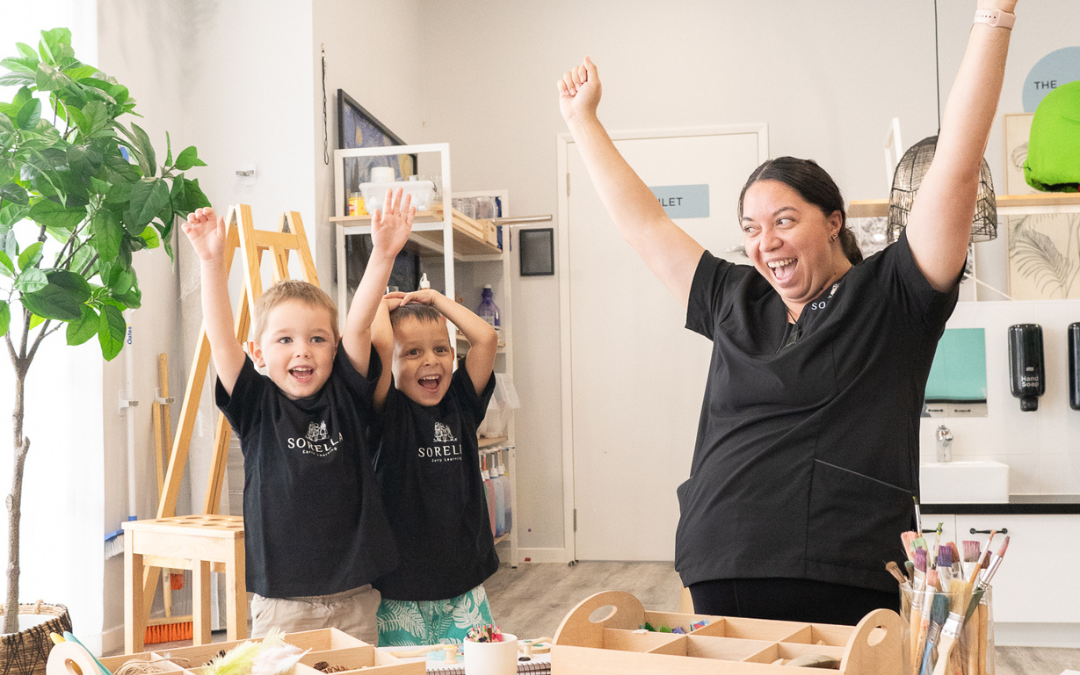
The 3 Day Guarantee: What Griffin Families Need to Know
Child Care Subsidy Changes Starting 5 January 2026
Starting 5 January 2026, every family eligible for Child Care Subsidy gets a significant boost: three guaranteed days of subsidised childcare every week, regardless of work hours. Let’s break down what’s happening and what it means for Griffin families.
What’s Changing on 5 January?
From 5 January 2026, all families who qualify for Child Care Subsidy (CCS) will automatically receive at least 72 hours of subsidised care per fortnight. That’s three full days every week, guaranteed.
What’s changing?
The activity test will no longer apply to the baseline level of subsidy. At the moment, the number of subsidised hours a family receives depends on work, study, or other approved activities, which can sometimes limit access to care.
From January, all eligible families will be entitled to at least three subsidised days each week. This means that whether you’re working full-time or part-time, juggling casual hours, studying, looking for work, or spending time at home, your child can access three days of subsidised early learning at Sorella.
Who may benefit from this change?
This update is likely to be helpful for many Griffin and Moreton Bay families, particularly those whose work or income can vary:
- Low-income families – Families with little or no paid work will still be able to access at least three subsidised days, helping to reduce costs and support children’s participation in early learning.
- Stay-at-home parents – Families who previously received limited or no subsidy may now choose up to three days a week of care with government support.
- Casual and shift workers – For families whose hours change from week to week, the guaranteed three days offers reassurance and greater consistency, even during quieter periods.
- Single parents with limited work hours – Families who previously qualified for fewer subsidised days may now have access to a more stable level of care.
- Parents preparing to enter or return to the workforce – Having consistent child care in place can make it easier to look for work, study, or attend training.
- Small business owners – Families with variable or seasonal income can rely on a stable baseline subsidy rather than seeing it fluctuate.
Real Griffin Scenario
One of our Sorella families includes a parent working around 15 hours per week in a casual role. Under the current Child Care Subsidy activity test, they are eligible for up to approximately 36 hours of subsidised care per fortnight.
From January 2026, under the new 3-Day Guarantee, this family will automatically be entitled to at least 72 hours of subsidised care per fortnight, regardless of activity level. This means their daughter can attend Sorella for three consistent days each week, supporting stronger routines, smoother transitions, and greater continuity in her learning – while also easing financial pressure for the family.
That’s the real-world difference this change can make.
Aboriginal and Torres Strait Islander Children
Families caring for Aboriginal and Torres Strait Islander children receive even more support: 100 hours of subsidised care per fortnight.
This enhanced entitlement is automatic once you’ve notified Services Australia that you’re caring for an Aboriginal and/or Torres Strait Islander child. You can update this information through your Centrelink online account via myGov.
Providing this information is voluntary, but if you’re eligible, it means substantially more subsidised hours for your family.
What If You Already Get More Than Three Days?
Good news – the 3 Day Guarantee doesn’t reduce anyone’s current entitlement.
If you already receive more than 72 hours because you meet higher activity levels, you keep everything you currently have. You can still access up to 100 hours per fortnight (five full days) if:
- You and your partner each complete more than 48 hours of work, study, or other recognised activities per fortnight, or
- You have an exemption or are experiencing exceptional circumstances
This policy lifts the floor without lowering anyone’s ceiling.
Do You Need to Do Anything?
For existing CCS recipients: Nothing at all. Services Australia will automatically update your entitlement on 5 January 2026 using information already on file. If you currently receive less than 72 hours, it’ll automatically increase.
For new CCS applicants: Apply through Services Australia as normal. The application process is being simplified from January onwards.
Understanding Gap Fees
This is important: the 3 Day Guarantee increases your subsidised hours but doesn’t change your subsidy percentage or eliminate gap fees.
Your gap fee (the difference between our fees and the government subsidy) is still calculated based on your family income, not your work hours.
Quick Example
Before 3 Day Guarantee:
- You qualify for 1 day subsidised per week
- Child attends 2 days
- Day 1: subsidised (you pay gap fee)
- Day 2: full price (no subsidy applies)
- Weekly cost: high
After 3 Day Guarantee:
- You qualify for 3 days subsidised per week
- Child attends 3 days
- All 3 days: subsidised (you pay gap fee on each)
- Weekly cost: much lower overall
You’re accessing more hours for less money, even though gap fees still apply to each subsidised day.
Why This Policy Exists
The Australian Government recognises that quality early childhood education benefits all children, not just those whose parents work full-time.
Research consistently demonstrates that children who attend early learning centres develop stronger:
- School readiness skills
- Social and emotional capabilities
- Language and communication
- Problem-solving abilities
- Confidence and independence
Three days per week provides enough consistency for children to truly benefit—stable educator relationships, continuity in learning, and time to form meaningful friendships.
For Moreton Bay families, it’s also a crucial cost-of-living measure making early learning more accessible across all income levels and employment situations.
What Griffin Families Should Do Now
Check your current entitlement: Log into myGov and access your Centrelink account to see current subsidised hours. If it’s under 72 hours per fortnight, you’re about to receive a boost.
Consider your ideal schedule: Would three days at Sorella work better for your family than your current arrangement? What days suit you best?
Contact Sorella: If you want to adjust your booking days from January, call us on 07 2111 6711 or visit us at 32 Tesch Road to discuss options and availability.
Update Centrelink details: Ensure your information is current, particularly if you’re caring for an Aboriginal or Torres Strait Islander child and haven’t registered that yet.
If you’re already with us, you may wish to consider whether three days could support your child’s learning and your family routine – please reach out if you’d like to chat about options.
If you’re new to Sorella and cost has been a barrier, the 3-Day Guarantee may make consistent care more achievable. And if you have questions, we’re here to help—many families are navigating this change together.
Call us, send an email, or drop in for a chat. We’re here to help families understand and benefit from these changes. You can also complete a contact form here.
Official Resources
Services Australia – Child Care Subsidy Changes
https://www.servicesaustralia.gov.au/child-care-subsidy-ccs-changes
Check your entitlement and update your details
Australian Government Department of Education – 3 Day Guarantee
https://www.education.gov.au/early-childhood/providers/child-care-subsidy/3-day-guarantee
Official policy details and implementation information
Starting Blocks – 3 Day Guarantee Information
https://startingblocks.gov.au/resources/what-to-expect/3-day-guarantee-changes-to-child-care-subsidy-ccs
Parent-friendly explanation of changes
Sources
- Australian Government Department of Education. “3 Day Guarantee.” Available at: https://www.education.gov.au/early-childhood/providers/child-care-subsidy/3-day-guarantee
- Australian Government Department of Education. “Fact Sheet – 3 Day Guarantee – Early Education.” Available at: https://www.education.gov.au/about-department/resources/3-day-guarantee-early-education
- Services Australia. (December 2025). “Child Care Subsidy (CCS) changes.” Available at: https://www.servicesaustralia.gov.au/child-care-subsidy-ccs-changes
- Services Australia. (November 2025). “Changes to Child Care Subsidy (CCS).” Available at: https://www.servicesaustralia.gov.au/changes-to-child-care-subsidy-ccs
- Starting Blocks. “Child Care Subsidy | 3 Day Guarantee.” Available at: https://startingblocks.gov.au/resources/what-to-expect/3-day-guarantee-changes-to-child-care-subsidy-ccs
- ACECQA. (September 2025). “3 Day Guarantee: Changes to the CCS activity test from January 2026.” Available at: https://www.acecqa.gov.au/latest-news/3-day-guarantee-changes-ccs-activity-test-january-2026
- Goodstart Early Learning. “The 3 Day Guarantee: A Transformative Step for Universal Access to Early Learning in Australia.” Available at: https://www.goodstart.org.au/parenting/the-3-day-guarantee
- Lady Gowrie Queensland. (December 2025). “What the New 3 Day Guarantee Means for Queensland Families.” Available at: https://gowrieqld.com.au/what-the-new-3-day-guarantee-means-for-queensland-families/
The 3 Day Guarantee represents a significant step toward universal early childhood education in Australia. At Sorella Early Learning Centre, we’re committed to helping Griffin and Moreton Bay families understand and access these changes starting 5 January 2026.





